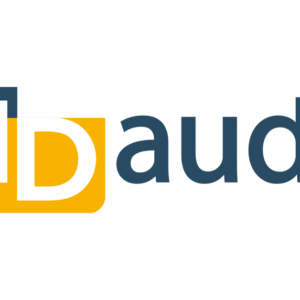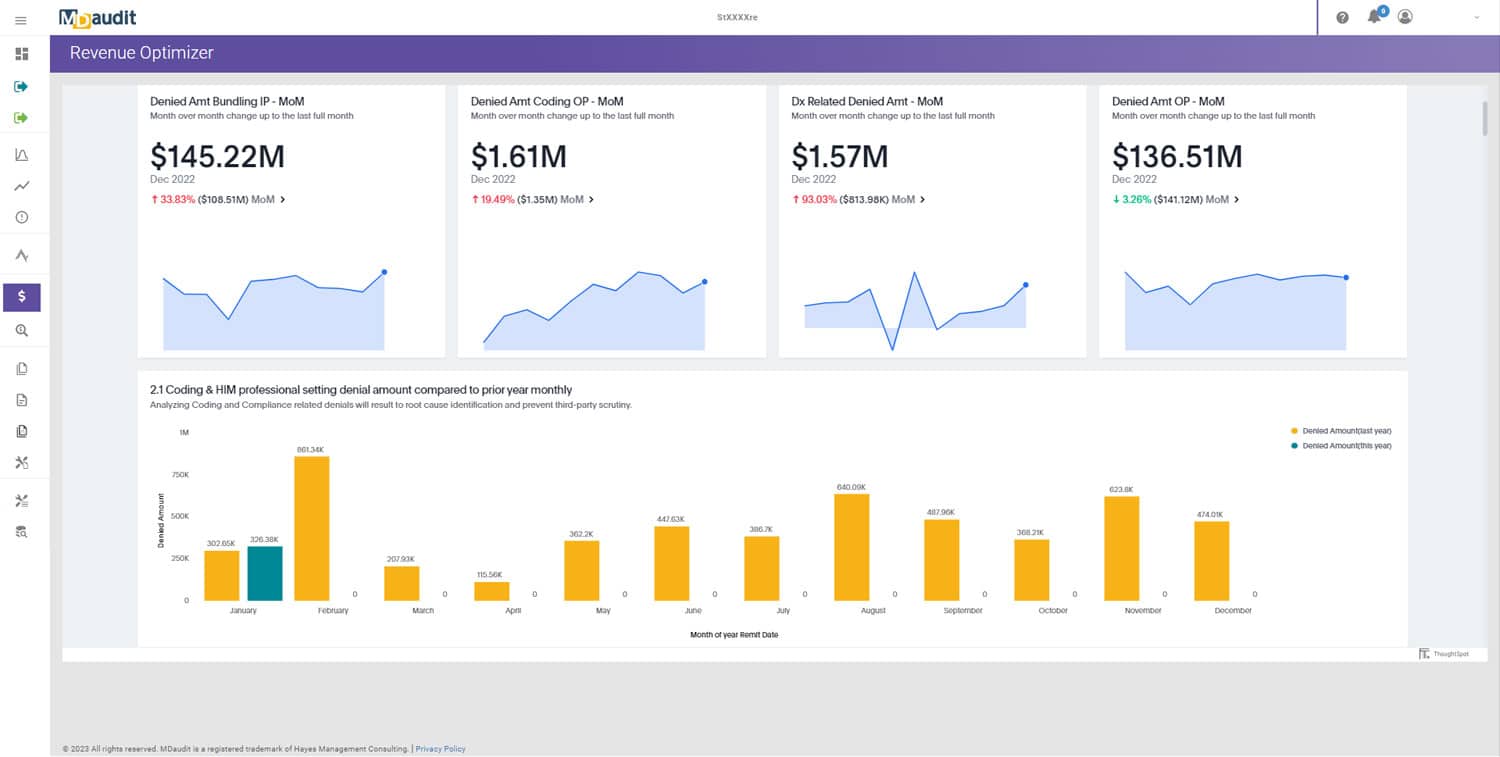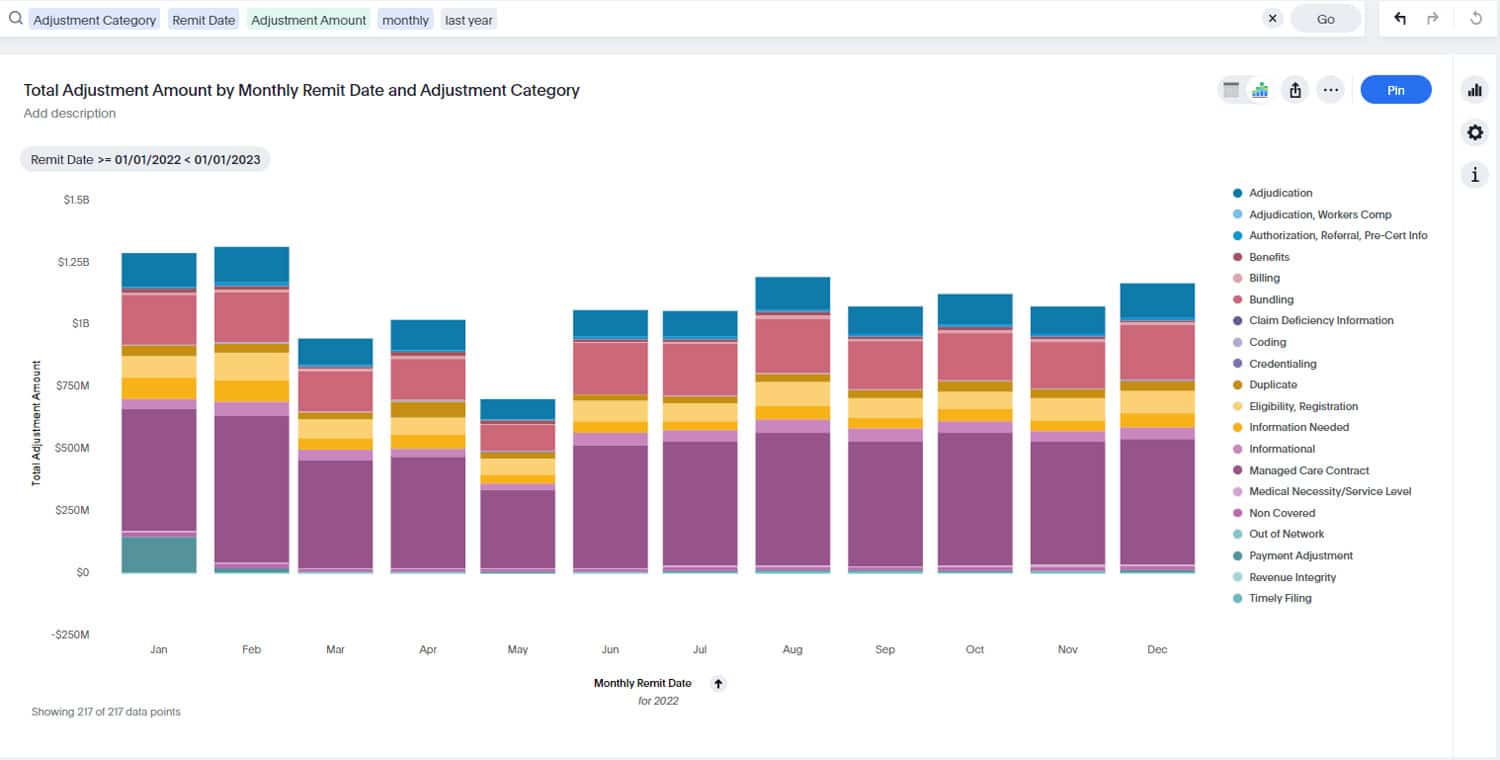In today’s complex healthcare landscape, managing billing compliance and minimizing claim denials can feel like an uphill battle. Healthcare organizations face increasing scrutiny from payers, evolving regulations, and the constant threat of revenue leakage. Manual audit processes, with their inherent
1. Proactive Identification of High-Risk Claims
One of the most significant advantages of audit workflow automation is its ability to proactively identify claims with a high risk of denial. Traditional manual audits often rely on small, retrospective samples, meaning errors are caught after claims have been submitted and potentially denied. Automated systems, however, can analyze vast amounts of data in real-time, applying sophisticated rules and algorithms to pinpoint potential issues before they become costly denials. This includes identifying coding discrepancies, medical necessity gaps, or missing documentation. By flagging these claims pre-submission, organizations can correct errors, gather necessary information, and ensure claims are clean and accurate from the outset.
2. Eliminating Manual Audit Gaps and Enhancing Consistency
Manual audit processes are often fragmented, inconsistent, and prone to oversight. Data might reside in disparate spreadsheets, communication can be ad-hoc, and audit methodologies can vary between auditors. This creates significant gaps where errors can slip through, leading to non-compliance and revenue loss. Audit workflow automation centralizes the entire audit process. It establishes standardized workflows, automates data extraction, ensures consistent application of rules, and provides a unified platform for tracking findings and corrective actions. This consistency not only improves accuracy but also provides a clear, auditable trail, making it easier to demonstrate compliance to regulatory bodies.
3. Boosting Billing Compliance Automation
The core of effective revenue cycle management lies in solid billing compliance automation. Automation tools specifically designed for billing compliance empower organizations to enforce regulations rigorously and consistently. These systems can automatically compare submitted claims against payer rules, government regulations, and internal policies. When a potential violation or anomaly is detected, the system flags it for review, often providing insights into the specific rule that was breached. This proactive compliance checking helps prevent common billing errors, such as incorrect coding, unbundling, or medical necessity issues, which are frequent causes of denials. By embedding compliance checks directly into the workflow, automation helps healthcare providers stay ahead of regulatory changes and maintain a strong compliance posture.
4. Accelerating the Denial Management Process
Even with proactive measures, some denials are inevitable. However, audit workflow automation streamlines the denial management and appeals process significantly. When a denial occurs, automated systems can quickly categorize the denial, link it back to the original claim data, and often pre-populate appeal forms with relevant information. This drastically reduces the time and effort required for appeals, increasing the likelihood of successful resolution and quicker payment. Furthermore, by tracking denial patterns, automation provides valuable insights into root causes, allowing organizations to implement targeted corrective actions and prevent similar denials in the future.
5. Fostering a Culture of Continuous Improvement
Beyond just catching errors, audit workflow automation empowers healthcare organizations to learn and improve continuously. By providing robust analytics and reporting capabilities, these systems offer a clear view of audit findings, denial trends, and areas of highest risk. This data-driven insight allows compliance and revenue cycle teams to identify recurring issues, provide targeted education to providers and coders, and refine their processes. It shifts the focus from reactive firefighting to proactive strategy, building a stronger, more resilient revenue integrity program that minimizes denials and strengthens overall compliance.
Conclusion
For healthcare organizations striving for optimal revenue integrity and unassailable compliance, audit workflow automation is no longer a luxury—it’s a necessity. By automating risk identification, eliminating manual gaps, enhancing billing compliance, streamlining denial management, and fostering continuous improvement, solutions like MDaudit empower providers to navigate the complex regulatory environment with confidence, reduce financial losses, and ensure the long-term health of their revenue cycle.









